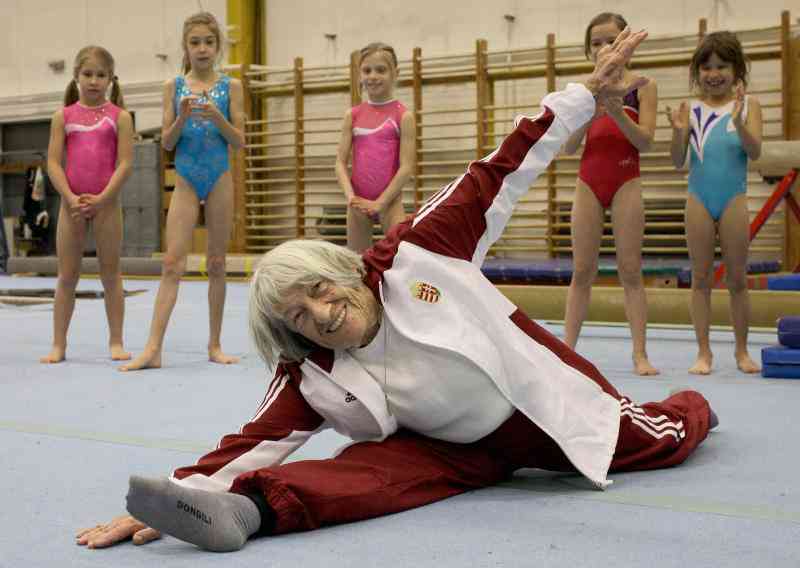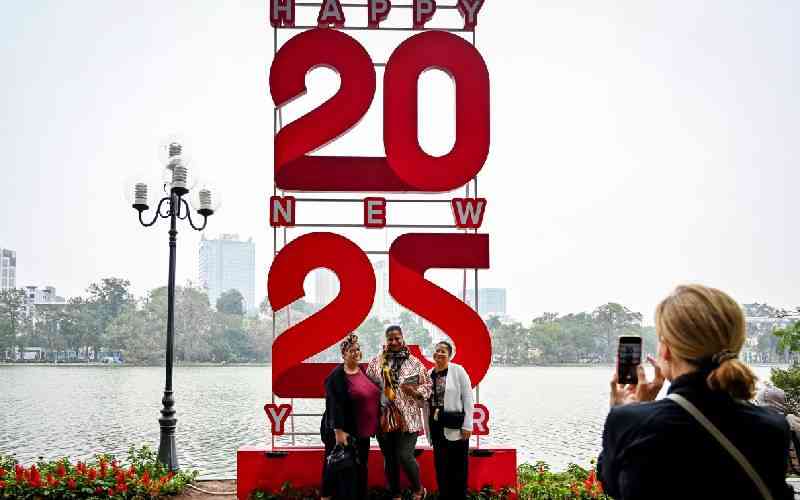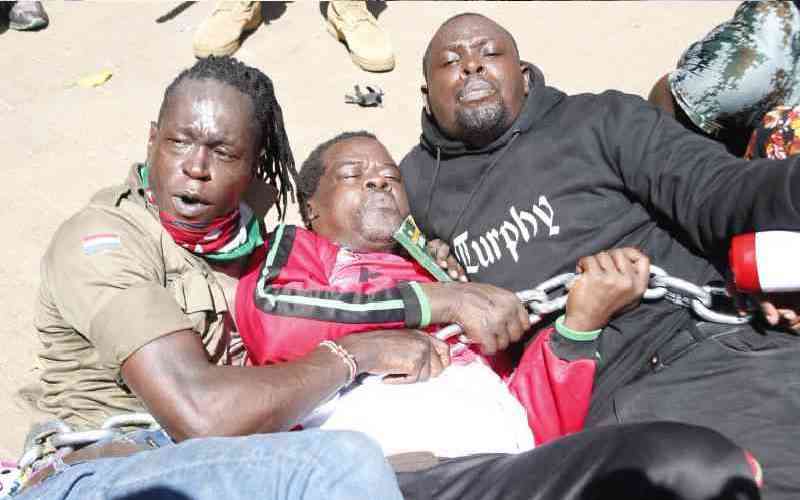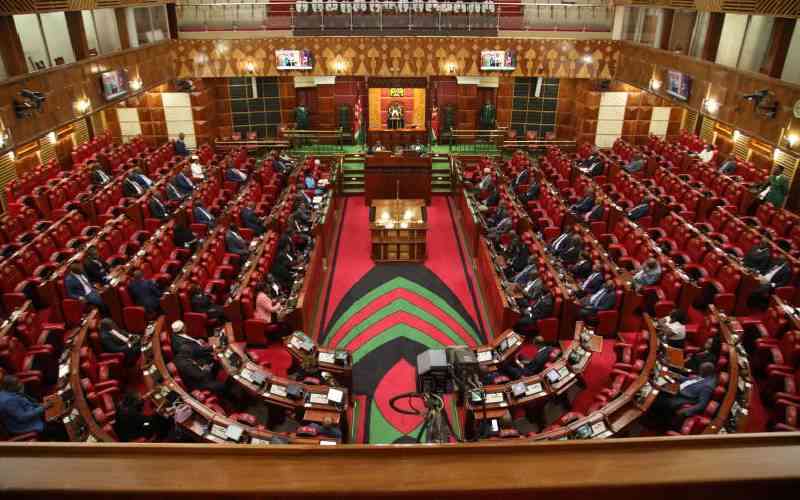BY PETER NJENGA
KENYA: At the beginning there were the pioneers. It had taken Kenya 12 years to produce an Olympic champion and 19 long years since Nyandika Maiyoro first ventured into the British East Africa Colony athletics competition in 1949.
The first account of a truly international competition for Kenya and Maiyoro in distance running was in the 1953 East African Championships in Antananarivo, Madagascar where he became the first known Kenyan international gold medalist in athletics.
Joined by a handful of officials led by colonial sports officer Archie Evans in Antananarivo, the colonial master and servant were joined together by a common language — English. They had been alienated by the French speaking locals.
Without any official minder on race day, Nyandika was busy warming up when the 5000m metres got underway. He was alerted by a sympathetic official.
Not one to give up easily, he dashed onto the track as the lead pack was at the 300m mark. He was jeered with monkey calls. Unperturbed, he began a long sprint and by his own admission, could not remember when he caught up with the field. He began to control the pace to regain his breath.
With two laps to go, he started pulling off and assured victory, decided the last lap would also be his special lap of honour. Maiyoro removed the monkey tail he had brought as a talisman from under his vest and started waving it enroute to a leisurely victory. The crowd went delirious,concluding that the man was indeed a monkey.
First celebrity
At the end, journalists were more concerned with his deeply cracked bare feet, a living testament of hard life, never cushioned by shoes. The picture was sent across the globe and Kenya had its first true sporting celebrity.
As the first athlete who ventured outside the country, he was to become a source of inspiration for young people like Kanuti Sum and Musembi Mbathi among others who took part in the 1954 Vancouver Commonwealth Games, then known as Empire Games. He did not disappoint as he finished seventh in the 5,000m.
In the midst of the Mau Mau urprising, Kenya was determined to field a team in the Melbourne Olympics of 1956 and made it a big issue. Overall team captain, hockey player Anthony Vaz, was given the task of handing the Union Jack to visiting Princess Margaret during the Kenya Agricultural Show.
Kenya was represented in hockey, swimming and shooting. As Kanuti Sum recalled later, the eight athletes were closely guarded and trained at Jeans College, Kabete.
In Melbourne, Maiyoro finished sixth in the 5000m, Sum was 31st out of 46 finishers in the marathon. None of the Kenyans went beyond round one. But one thing for sure was that the country would never look back. However, there were politically motivated absences in the games in 1976 and 1980.
Maiyoro took part in the 1958 Commonwealth games and appeared in his last Olympics in 1960 with a seventh in the 5000.
The 1960 Rome Olympics Official Handbook said. “If he is not included it will be the first time since 1949 that Nyandika has not appeared on the list of athletes to represent Kenya at a major competition. He is not yet ‘old” but the years are adding a little weight, making training a little more onerous and looking over his shoulder Nyandika can see the younger men striding hard to catch him.”
Stay informed. Subscribe to our newsletter
Indeed the younger men were striding hard. At the 1958 Cardiff Commonwealth Games the late Arere Anentia and Bartonjo Rotich won bronze medals in the 10000m and 440 yards to become the first ever medallists in international competition. Although independence was five years away and Jomo Kenyatta was still in detention, there was optimism for independence and these gallant men contributed a lot towards this.
They brought back tales of heroism and how they beat white men in competition. Come 1960 and half of the pioneers were replaced letting in new hot blood like Paul Odhiambo, Kiptergech Kesio, Seraphino Antao and Lazaro Chepkwong.
First birthday
Rotich, Nyantika and Sum were in the foreground Antao won the first round in 10.5, came third in the quarters (10.4) and fifth in the semi-finals(10.6) - he was the only Kenyan sprinter. In the 220 yards he won heat one in 21.3 but was eliminated in the quarter finals (21.3) Rotich finished third in the 3rd heat of the 400m hurdles and seventh in the quarters (47.8). Four years later, Antao from the Coastal town of Mombasa won gold in the 110 and 220 yard races while Kimaru Songok won silver in the 440 yards.
If Melbourne was the beginning, the 1964 Tokyo Olympics were the turning point when Kipkurgut Chuma won Kenya’s first medal of any colour, a bronze in the 800 metres and Thomas Saisi was seventh while Kipchoge Keino who was later to mature as one of the greatest distance runners of his era, placed fifth in the 5,000m. It was a celebration of sorts and a first birthday present for the new republic.
 The Standard Group Plc is a
multi-media organization with investments in media platforms spanning newspaper
print operations, television, radio broadcasting, digital and online services. The
Standard Group is recognized as a leading multi-media house in Kenya with a key
influence in matters of national and international interest.
The Standard Group Plc is a
multi-media organization with investments in media platforms spanning newspaper
print operations, television, radio broadcasting, digital and online services. The
Standard Group is recognized as a leading multi-media house in Kenya with a key
influence in matters of national and international interest.
 The Standard Group Plc is a
multi-media organization with investments in media platforms spanning newspaper
print operations, television, radio broadcasting, digital and online services. The
Standard Group is recognized as a leading multi-media house in Kenya with a key
influence in matters of national and international interest.
The Standard Group Plc is a
multi-media organization with investments in media platforms spanning newspaper
print operations, television, radio broadcasting, digital and online services. The
Standard Group is recognized as a leading multi-media house in Kenya with a key
influence in matters of national and international interest.









